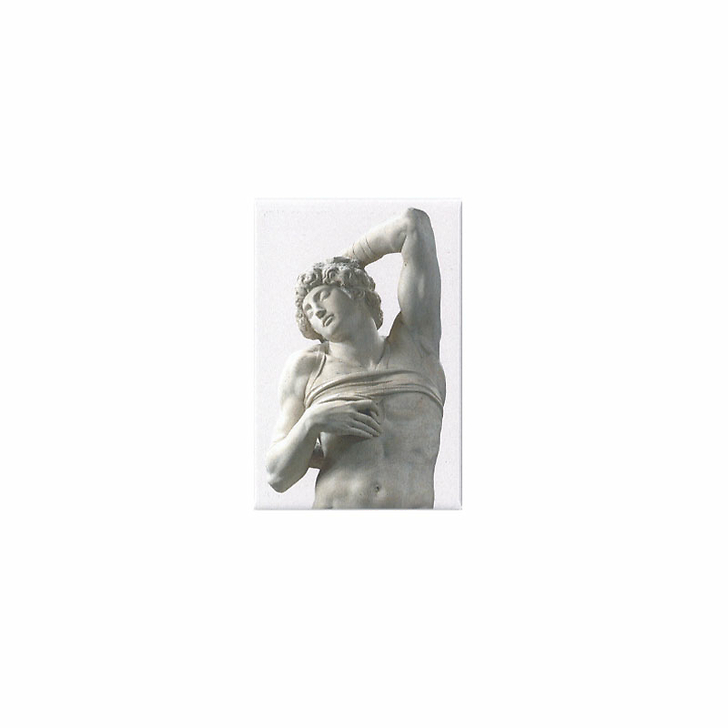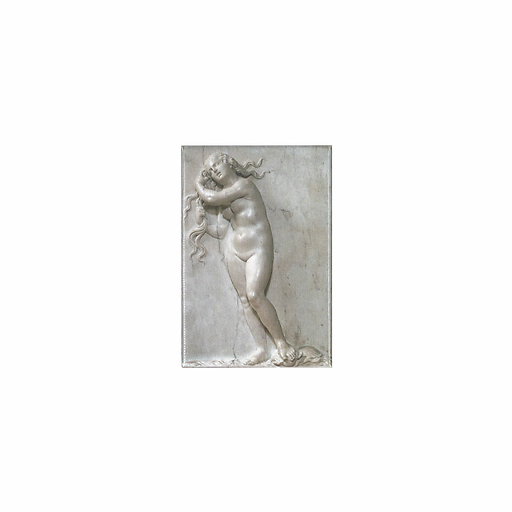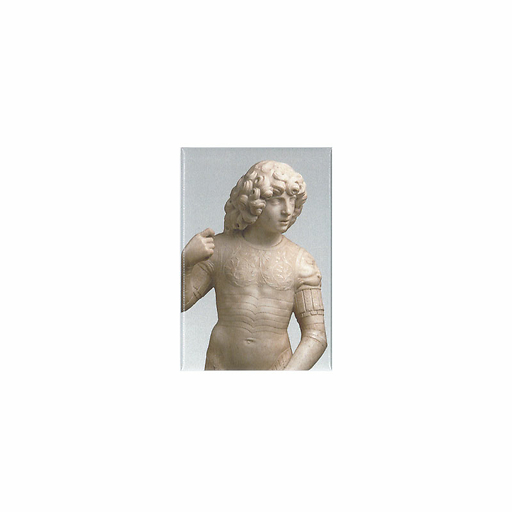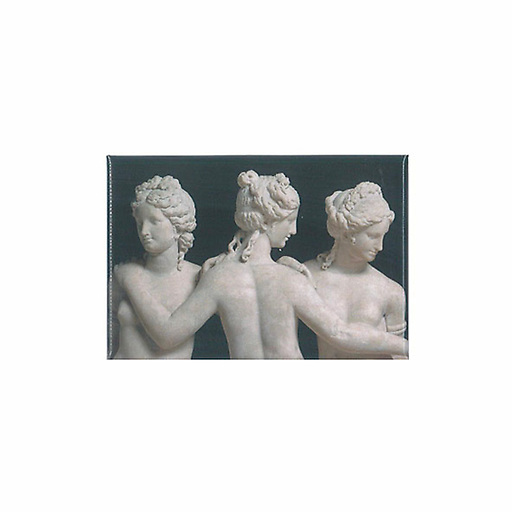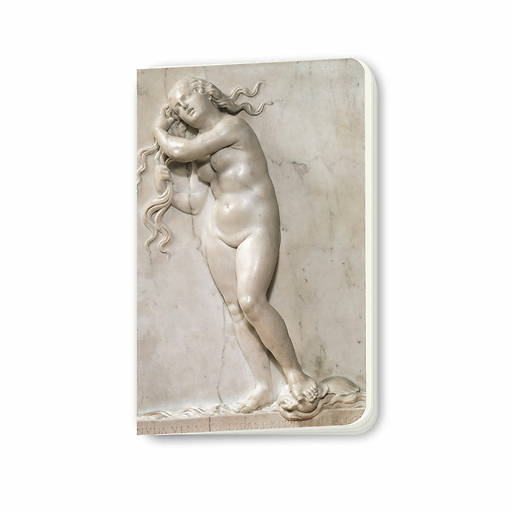Magnet resuming the sculpture The Dying Slave created by Michelangelo, exhibited at the Louvre museum.
Michelangelo Buonarroti, known as Michelangelo (1475-1564)
The Dying Slave, 1513-1515 - Marble. H. 227; w. 43; pr. 75.5 cm - Paris, Musée du Louvre, Sculpture Department
Intended for the tomb of...
Read more
Magnet resuming the sculpture The Dying Slave created by Michelangelo, exhibited at the Louvre museum.
Michelangelo Buonarroti, known as Michelangelo (1475-1564)
The Dying Slave, 1513-1515 - Marble. H. 227; w. 43; pr. 75.5 cm - Paris, Musée du Louvre, Sculpture Department
Intended for the tomb of Pope Julius II (1441-1513) but ultimately left unused, the two figures of slaves sculpted by Michelangelo have sparked various interpretations since the Renaissance. They undoubtedly represent not slaves, but prisoners. They may personify the provinces brought under rule by Pope Julius II through his different campaigns. They may also symbolise the arts which, upon the death of the pontiff, lost their patronage and were no longer able to flourish. The Dying Slave appears resigned to his fate. Calm and serene, he appears to die as if gently falling asleep, which is why the piece is sometimes called "Sleeping Slave".
Close

